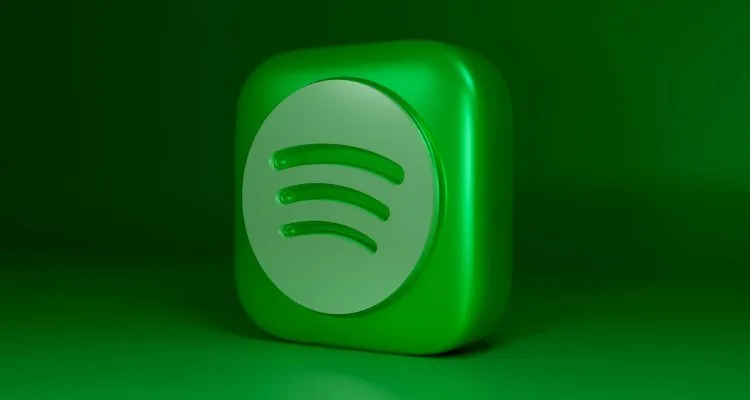
Spotify has reported double-digit subscriber growth – and long-sought profitability – for 2024’s opening quarter.
The efficiency-minded audio entertainment company posted its Q1 2024 financials this morning, only weeks after reports pointed to another round of Spotify price increases. Providing additional context as to the confidence behind the latter move, the business today identified an average of 615 million monthly active users for 2024’s initial three months, up 19% year over year (YoY) and roughly 2% from Q4 2023.
While that’s beneath the 618 million MAUs that Spotify had forecasted for Q1 in its final earnings report of 2023, its subscriber guidance proved accurate. As anticipated, the company had 239 million paid users in Q1 2024, up 14% YoY.
In keeping with long-running usership trends that have accelerated in recent years, Spotify said that listeners based in Latin America (22%) and outside North America and Europe (32%) had accounted for 54% of MAUs during Q1. And while Europe (38%) and North America (27%) continue to lead the pack in paid subscribers, the shares of Rest of World (13%) and Latin America (22%) each increased by 1% on the quarter.
“Another significant challenge was the impact of our December workforce reduction,” Spotify CEO Daniel Ek said of the MAUs target miss, noting also 2023’s strong growth and reduced marketing spending. “Although there’s no question that it was the right strategic decision, it did disrupt our day-to-day operations more than we anticipated. It took us some time to find our footing, but more than four months into this transition, I think we’re back on track.”
Moving beyond this highly significant user-geography shift and returning to Spotify’s core Q1 2024 financials, the Marquee operator reported revenue of $3.89 billion/€3.64 billion (up 20% YoY but down slightly from Q4 2023).
Attributed to enhanced music and podcasting profitability, the figure reflects $3.48 billion/€3.25 billion in premium revenue (up 20% YoY and 2% quarterly) as well as $416 million/€389 million in ad-supported revenue (up 18% YoY but down 22% quarterly).
“Podcast advertising revenue grew faster than music,” Spotify relayed, “driven by significant growth in impressions sold across Original and Licensed podcasts and the Spotify Audience Network, partially offset by softer pricing.”
Most notably, Spotify disclosed Q1 2024 operating income of $179.78 million/€168 million, up from a Q4 2023 loss of $80.21 million/€75 million. Predictably, Wall Street responded positively to the “record” profit. At the time of this writing, Spotify stock (NYSE: SPOT) had shot up almost 14% and was hovering around $310 per share – representing not only a 52-week high, but SPOT’s largest value since early 2021.
Looking ahead to the second quarter, Spotify, which is preparing to bring aboard a new CFO and reportedly intends to integrate an HD-audio add-on, has forecasted the addition of 16 million MAUs (631 million total), including six million paid subscribers (245 million). (While the business’s precise strategy for plans remains to be seen, Ek confirmed during the earnings call that fans can expect a music-only offering down the line.)
Revenue will crack $4.06 billion (€3.8 billion) and operating income, the business predicted, will hit $267.30 million (€250 million) in Q2. Interestingly, Spotify also took the opportunity to double down on claims made by Ek back in 2022, including a vision of achieving $100 billion in annual revenue during the next decade.
Lastly, in terms of interesting takeaways from the Spotify earnings call, Ek when asked about TikTok’s potential U.S. ban acknowledged an intention of enhancing his platform’s involvement in the short-form arena. Earlier in April, we reported on job listings that appeared to suggest a wider UGC expansion could be in the cards for Spotify.
“What I can say is that we are focused on winning discovery,” communicated Ek, “and we’re going to add as many ways that we can to improve the discovery of Spotify. You saw us in the quarter add music videos – you’re going to see music clips in a bigger way. You can already, today, if you open up the app, start seeing more and more videos on the music side where artists are engaging with fans. Those [are] in a similar way like a Reels product that TikTok did a few years ago.”
